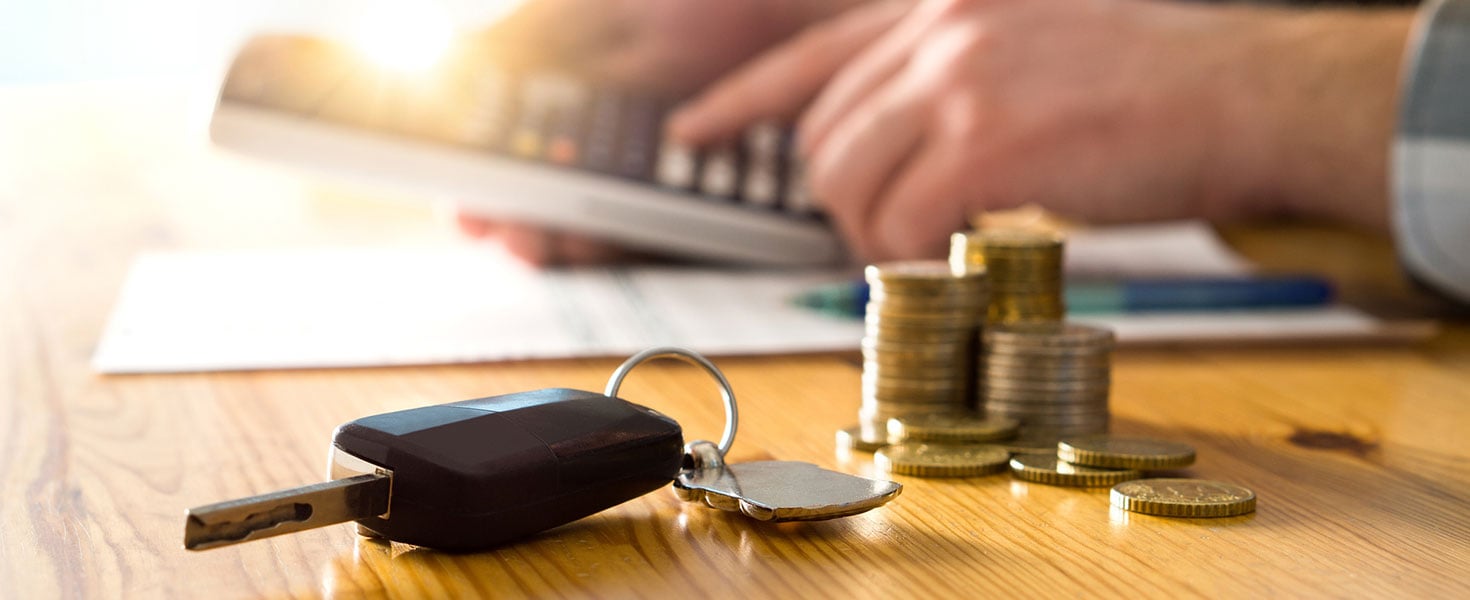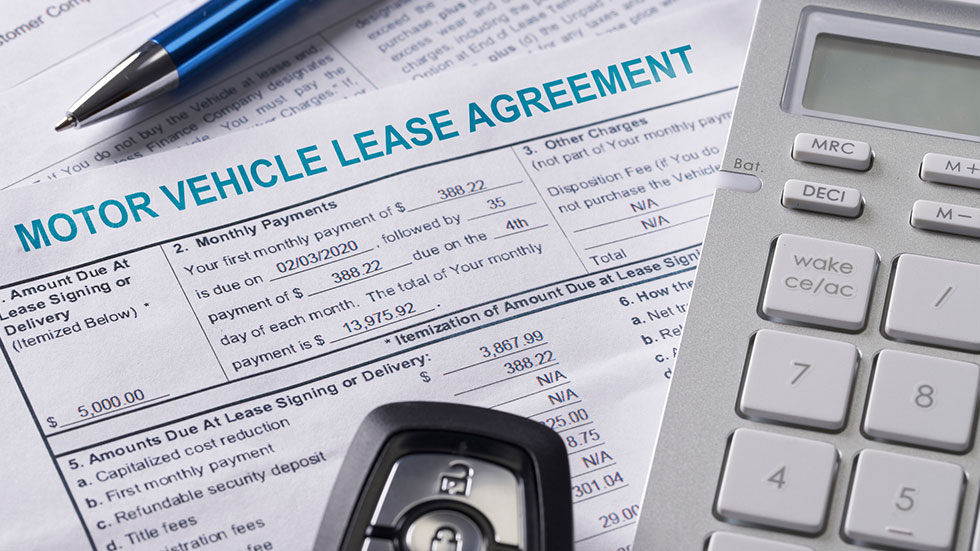
The cost of owning a car doesn’t stop at your monthly payment, which is often just one piece of a much larger picture. There are so many more factors to account for that can add up over time and sometimes exceed your original budget. Here are five tips that can help you stay on track when buying your new car and potentially save you thousands.

SET A BUDGET
As with all major purchases, you should always start by setting a budget and sticking to it. The most important number to consider should be the total cost of the vehicle, including interest. From there, figure out how much you can afford to spend each month. Everyone’s financial situation is different, but a good rule of thumb is to try to keep your car payment under 10% of your take-home pay on a monthly car payment. We understand this may be challenging as car prices inch higher. This piece of advice is particularly useful for buyers unfamiliar with the other costs associated with car ownership, and for shoppers on a strict overall budget.
You’ll also need to determine the overall duration of your loan. A longer-term loan means you’ll ultimately pay more due to interest, and these days the national average is nearly six years. A loan this long isn’t ideal; opt for a shorter term if possible. Although the monthly payments on a shorter-term loan will be higher than on a longer-term loan, you’ll likely save yourself interest charges, assuming you can stomach the accompanying uptick in payment that comes with a shorter term. It’s worth noting that there is nothing inherently wrong with longer-term loans, especially for shoppers who intend to keep their purchase for a long time. Just be mindful of monitoring interest costs between longer and shorter loans, and then decide which works best for you.
And while new owners often focus solely on the amount they spend each month paying for their car loan, it’s easy to forget about fuel, insurance, and maintenance. If you need a starting point, try adding up your current car-related expenses in the past month. For reference, the average consumer can expect to pay more than $1,000 per year to maintain a new car, according to AAA. That’s why we suggest giving your budget a little extra room to breathe.

CONSIDER BUYING VS. LEASING
For many people, the most important difference between buying and leasing is the long-term cost of ownership. Most of your vehicle’s depreciation takes place within the first five years, meaning that the amount of time you plan to keep your new car will have financial consequences.
If you plan to keep your car for more than five years or drive more than 15,000 miles a year, we generally recommend buying. Your out-of-pocket costs may be higher over the length of your loan, but in time you’ll have a vehicle with equity that you can continue driving without a monthly payment. When factoring in the vehicle’s resale value, buying usually makes more sense in the long term—especially if you own a reliable vehicle.
For those who prefer to keep the same car for less than four years, leasing can make a lot of sense. Because of the way leases are calculated, leasing will usually require you to pay less over the course of the lease than you would have paid in the same time frame had you purchased the same vehicle. Also, when a lease term is complete and it’s time to move on to a new vehicle, there’s virtually no risk of being “upside down.” This is a consideration many people who finance a car will have to contend with should they decide to trade out of the vehicle in three years or so. Finally, if you opt to lease, you normally won’t have to worry about heavy maintenance costs, as most lease lengths will be covered under a new car’s limited or “bumper-to-bumper” warranty.

CONSIDER NEW VS. USED
If you’re willing to hunt for a used car, there’s a good chance you’ll be able to find an incredible value. This can be a great opportunity to get an older model of the car you want at a significantly reduced cost. And while you may lose out on that factory warranty, used cars are also more reliable than they’ve ever been.
By shopping used, you can often use your savings to get the car you want with additional features or amenities. In some cases, you may be able to step up to a luxury vehicle on an economy budget. How about a used Porsche Cayenne for the price of a new Toyota Camry? Or, you can simply pocket the savings and put it toward your next vacation. The possibilities are endless!
You also have the option of shopping for a certified pre-owned vehicle, which can provide the value of a used car and the confidence of a factory warranty. Programs vary depending on the manufacturer, but most certified vehicles undergo a thorough inspection by factory-trained technicians.

GET THE BEST FINANCING
Most people finance their vehicles, and it’s always worth shopping around for the best interest rate. We recommend getting pre-qualified for an auto loan with your bank or credit union. This gives you a starting baseline to work with at the dealership, which may be able to beat that rate if you have an offer in hand.
Assuming you don’t need a new car right away, it’s also a good idea to wait for manufacturer incentives such as promotional interest rates and cash back. Many automakers offer these incentives during seasonal sales events, plus holidays, such as the Fourth of July and Labor Day.
To see current incentives available for the car you want, you can check each automaker’s website. This includes any special offers for college graduates, military appreciation, or brand loyalty.
PREPARE YOUR TRADE-IN
There’s a good chance that you’ll be trading in your old vehicle, and we’re betting you’ll want to maximize its value. You might be surprised to know that something as simple as cleaning your vehicle’s exterior and interior can make a big difference in its perceived condition at the dealership.
But while a simple wash and wax is often a great investment, be cautious of getting any major work done on your vehicle before trading it in. Spending hundreds or even thousands of dollars on mechanical repairs won’t dramatically improve your vehicle’s trade-in value, as dealerships can perform the work themselves without marking up the cost.
This content was created in partnership with TrueCar.
